China’s Sunrev to Start 2GW Solar Cell, Module Lines in Egypt by H1 2026
Sunrev Solar is looking to begin production at its first 2 gigawatts solar cell and module lines in Egypt’s Suez Canal Economic Zone or SCZone by the first half of 2026, becoming the latest Chinese solar manufacturer to enter the country.
Construction of the first phase in the industrial zone of Ain Sokhna would begin on June 19, according to a news release by the Egyptian government on Wednesday. The project’s second phase will focus on upstream integration, including localized production of silicon ingots and wafers, though no timeline has been disclosed.
Both phases will cover 200,000 square meters with a total investment of $200 million, making it one of SCZone’s largest renewable energy manufacturing projects, according to SCZone Chairman Walid Gamal El-Din. Of the total investment, $90 million has been allocated for the first phase and $110 million for the second, he added.
Headquartered in Jiangsu, Sunrev operates nine solar manufacturing bases and over 10 subsidiaries, with capabilities across the solar value chain, from diamond wire and photovoltaic glass to solar cells, modules and project development. The company has 100 GW of wafer slicing capacity, 36 GW of cell capacity and 15.5 GW of module capacity as of 2024.
Chinese firms expand overseas amid domestic market slump
Sunrev’s move reflects a broader trend among Chinese solar manufacturers to shift production abroad in a bid to mitigate the impact of a nearly two-year downturn in their domestic market. Industry sources cite persistent overcapacity and cut-throat price competition, driving many producers to operate at a loss.
The spot price for FOB China TOPCon modules fell to $0.082 per watt peak in early June 2025, down 35.9% from $0.128 at the start of 2024, OPIS data shows.
Establishing overseas manufacturing bases enables Chinese solar companies to tap into regional markets, target high-margin destinations such as the U.S., and circumvent trade restrictions, according to industry sources.
However, Southeast Asian countries such as Vietnam, Malaysia, Thailand and Cambodia, once key exporters of solar cells and modules to the U.S., have faced increasing export challenges following anti-dumping and countervailing duty investigations initiated since April 2024.
This has driven some manufacturers to relocate to countries such as Indonesia and Laos to maintain access to the U.S. market. However, this strategy was met with obstacles in April 2025 when the U.S. imposed reciprocal tariffs on multiple countries, with Indonesia and Laos facing duties of 32% and 48%, respectively.
On the other hand, Egypt, United Arab Emirates and Saudi Arabia face only 10% tariffs, among the lowest rates imposed by the U.S.
At the same time, the Middle East is increasingly positioning itself as a solar manufacturing hub, driven by rising electricity demand, a shift away from fossil fuels, and a relatively open trade environment, according to sources. In November 2024, Chinese solar giant JA Solar signed a memorandum of understanding to invest over $210 million in a 2GW solar cell and module facility in Egypt.
Market participants note that while Chinese companies have announced several integrated solar projects across the region, including Saudi Arabia, the UAE, Oman and Egypt, most have yet to begin production due to timeline delays.
“Cross-border solar investments are not straightforward,” one industry source said. “Companies must overcome a set of challenges, such as the local technology applications, potential intellectual property disputes, and different regulatory environments.”
–Reporting by Summer Zhang, szhang@opisnet.com and Brian Ng, bng@opisnet.com; Editing by Mei-Hwen Wong, mwong@opisnet.com
